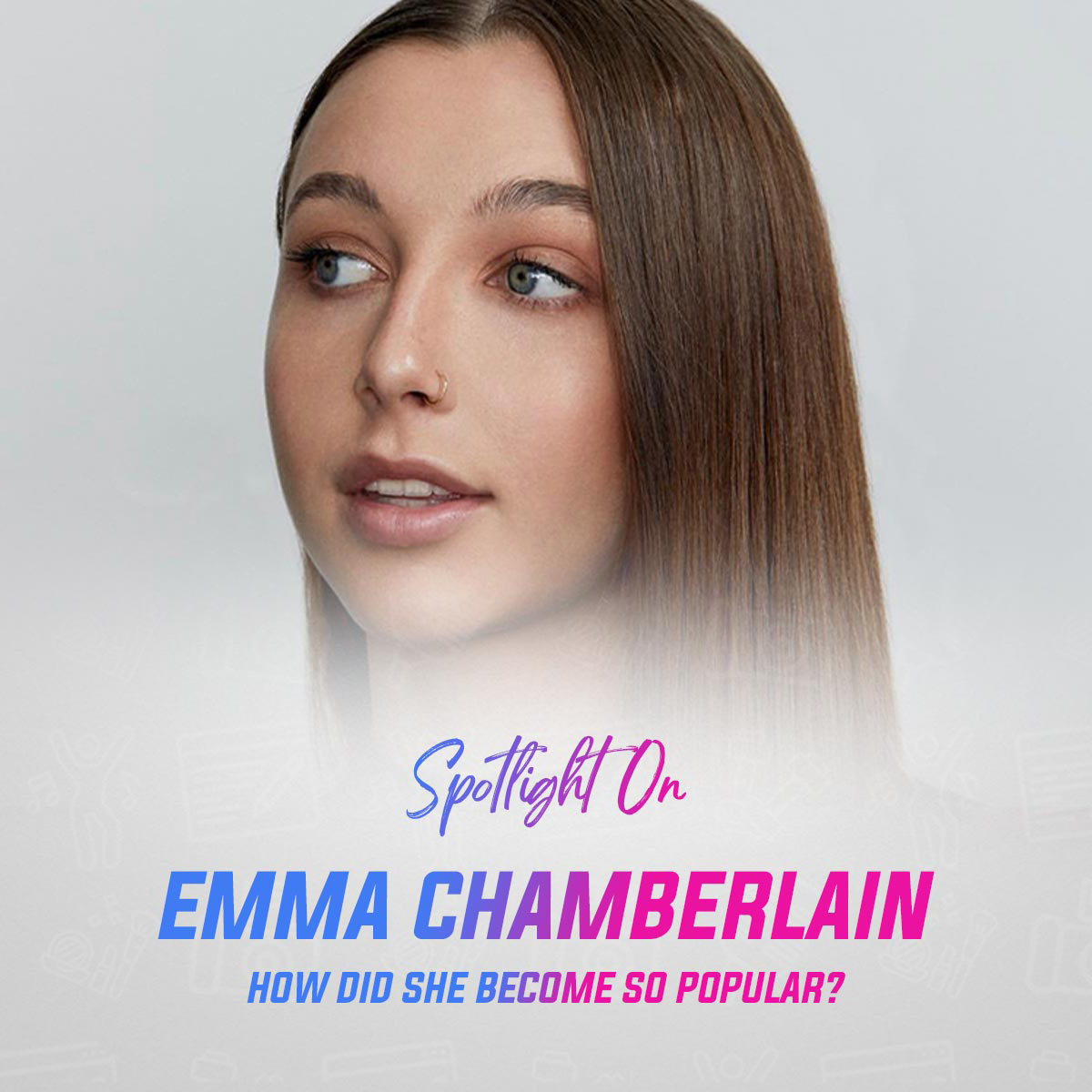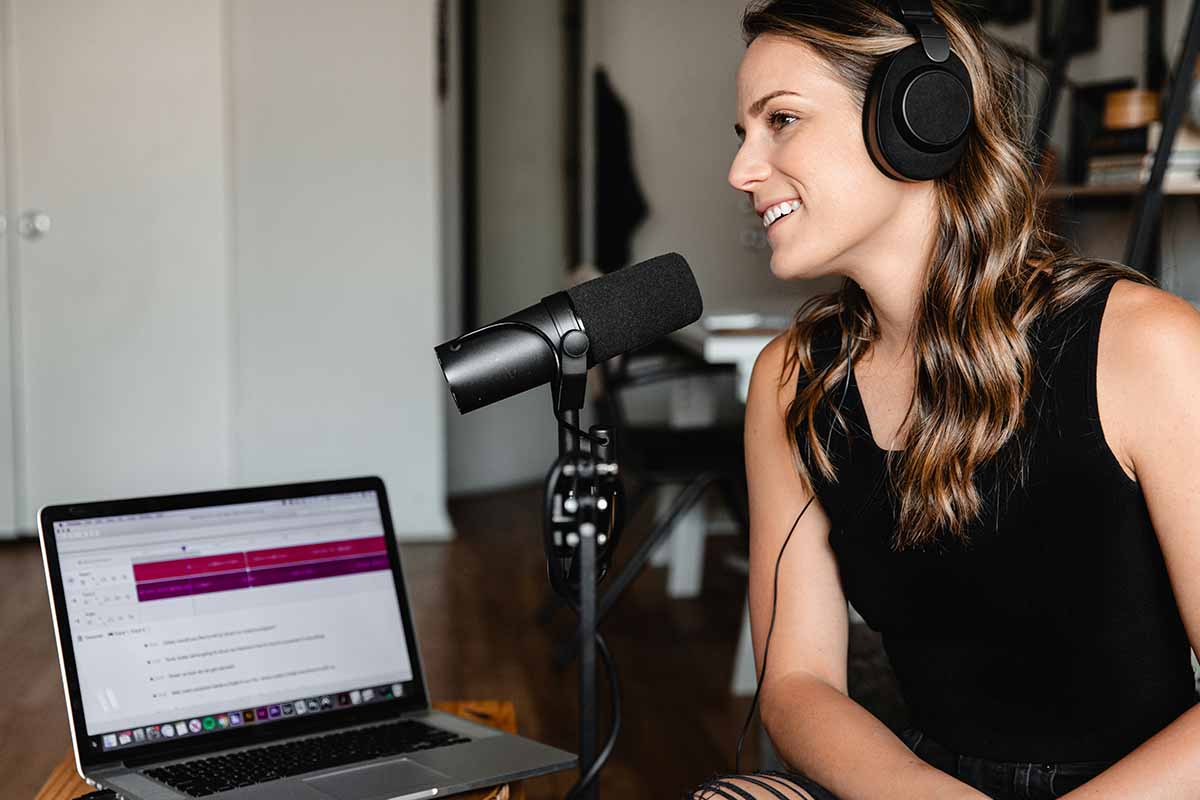The YouTube Recommendation Algorithm has been a topic of much debate over the past few years. For many creators, it’s very elusive – something out of reach that’s either difficult to understand or explain. But today, we’re going to be debunking every myth about the YouTube algorithm and explaining – in simple terms – how it works.
What Is The YouTube Recommendation Algorithm?
The YouTube recommendation algorithm is a machine learning algorithm that determines what videos appear in your recommendations. The purpose of the YouTube recommendation algorithm is to ensure you remain on YouTube for as long as possible.
In previous posts, we spoke about how to get more YouTube views in addition to determining whether you’re creating content that ensures you get more views on YouTube. But we are yet to dive into the YouTube recommendation algorithm in much detail. Because if you understand the YouTube recommendation algorithm, you’ll be able to create your strategy on how to get more views or achieve success similar to other creators like Emma Chamberlain or D’Angelo Wallace.
HOW THE YOUTUBE RECOMMENDATION ALGORITHM WORKS: MYTHS VS FACTS
Myth #1: YouTube can decide What Gets on Trending
Some people may think that the higher-ups at YouTube are the ones who determine what videos make it to trending.
Fact #1: You Need To Be Trending To Make It To Trending
Very rarely will new or unestablished creators make it to YouTube’s trending tab because of two reasons:
You need external validation, and
You need high levels of watch-time per hour.
According to YouTube, a video will make it onto trending if it’s receiving attention on the “world’s most popular websites” and “a significant number of people viewed the video externally in addition to on youtube.com.” This means that for a video to get it onto trending on YouTube, it needs to achieve some amount of external virality first. It’s also important to note that the video needs to be “embedded” on the world’s most popular websites and not just linked from the world’s most popular websites.
This is where YouTube’s algorithm is opaque. What are the world’s most popular websites?
If you’re constantly seeing larger channels and media outlets make it onto trending, it’s not because YouTube favors them but rather the “world’s most popular websites” favor them. Earlier this year, when Marvel’s Brie Larson made her YouTube debut and got onto trending, other creators were infuriated. According to them, she didn’t even have that many views. However, she did have significant online media attention – from both traditional media houses and social media. So, if YouTube is using this as its primary determiner then it only makes sense that the system could favor specific creators. Creators with enough clout outside the platform to get a mention on sites like Insider and The Verge.
Myth #2: YouTube Only Recommends Big Creators and Media Content
Many creators and viewers think that only larger creators make it into the “up next” section and recommendation tab on YouTube.
Fact #2: YouTube Recommends Videos You’re Most Likely To Watch
YouTube’s recommendations are based solely on YOU. Think of YouTube’s algorithm as an index. YouTube first has to index millions of videos on a subject and then determine which of these videos to recommend to you.
To do this, YouTube relies on your watch history, subscriptions, search history, country, and time of day before determining what to recommend to you. It decides what videos are most relevant to your current watch cycle based on signals it’s received from users just like you. if you tend to consume and subscribe to content from bigger creators you’re more likely going to get more prominent creators in your recommendation.
Additionally, if people like you (people with similar watch history, search history, subscriptions, and location) consume content from more popular creators, they’re also more likely to show up in your recommendations.
Myth #3: You Can Trick The System
If you’re thinking: well I’ll just trick the system by buying views and likes. And get on the radar of the YouTube recommendation algorithm that way, you should probably think again.
Fact #3: YouTube Needs Validation From Real Users
Regardless of how cleverly you think you can game the system, the YouTube algorithm is advanced. You may even argue that the YouTube recommendation algorithm is one of the most advanced algorithms around. Although YouTube’s algorithm relies on machine learning, these machines can spot ‘fake’ views and likes. What these machines want to see is how much organic traffic you get to your videos and how long they watch your video.
YouTube also needs a viewer with a consistent history to be able to gain information for their recommendation algorithm.
So, even if you buy views and likes, if the history and data of the user are that of a bot or fake account, YouTube can’t use this data to know who else to recommend the videos to because bot accounts don’t mirror real users.
Myth #4: Your Subscriber Count Determines How Popular Videos Are
This myth is partly a myth, partly fact. YouTube does rely on your subscribers to determine the popularity of a video. However, you already need a large subscriber count or zealous subscribers who’ll share the video.
If, however, you think that having more subscribers automatically means your videos are going to be popular, that is a myth.
Fact #4: YouTube Relies on A Plethora of Signals To Determine A Video’s Popularity
As previously mentioned, the YouTube algorithm is a machine learning algorithm. A machine learning algorithm is essentially a machine that is taught how to understand basic signals. It then uses its understanding of these basic signals to apply to unknown signals or variables.
However, for the YouTube recommendation algorithm, these signals will always have to do with your watch time, your viewers’ demographics, and your viewers’ watch history.
To achieve success on YouTube, you need a significant target demographic and your viewers need to be engaged in your content. Just like YouTube can recommend videos based on a variety of factors, YouTube’s algorithm will also shut certain content out of the algorithm. Not because the people at YouTube don’t want to recommend your content – unless you’ve violated their terms of service. If people aren’t enjoying your content, YouTube won’t recommend it because they don’t want people to click off the site.
The purpose of YouTube’s algorithm is to keep people on the site for as long as possible. Popular videos have become popular because they keep more people on the site for longer.
If people are clicking off your video in a matter of seconds, or a few minutes after clicking onto the video, YouTube recognizes that as a sign that your video isn’t entertaining and shouldn’t be recommended, even to your subscribers.
[mkdf_separator class_name=”” type=”normal” position=”center” color=”” border_style=”” width=”” thickness=”” top_margin=”” bottom_margin=””]The takeaway is: when you create a video don’t create it for the algorithm.
Your video should prioritize the entertainment of your demographic first. You can then change certain signals so that the algorithm correctly indexes your videos. Signals like your video length, your title, and even your PR and social media strategy to ensure you’re getting onto more “popular websites.”






